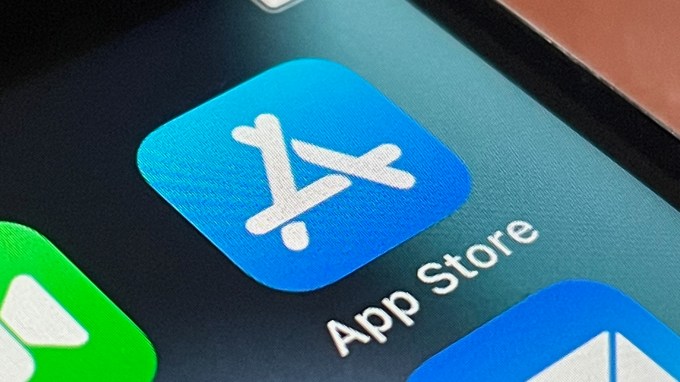Apple on Thursday announced a range of new initiatives designed to help parents and developers create a safer experience for kids and teens using Apple devices. In addition to easier setup of child accounts, parents will now be able to share information about their kids’ ages, which can then be accessed by app developers to provide age-appropriate content. The App Store will also introduce a new set of age ratings that give developers and App Store users alike a more granular understanding of an app’s appropriateness for a given age range.
Product pages for third-party apps on the App Store will also be updated to include additional information that can help guide parents’ decisions, like whether an app features user-generated content or ads, or if the app offers its own parental controls.
These updates will roll out to parents and developers later this year, Apple says.
The changes arrive amid ongoing legislative disputes both at the state and federal levels over how tech companies should be protecting children online. Nine U.S. states, including Utah and South Carolina, have recently proposed bills that would require app store operators like Apple to check kids’ ages in order to get parental consent before minors can download apps, for instance.
Apple historically has pushed for third-party app developers to verify kids’ ages, while large tech companies like Meta have lobbied that app store operators should handle age verification as they have this information about their users already.
The iPhone maker’s new solution is something of a compromise. It puts Apple in the position of collecting kids’ ages via parental input but still puts the onus on the third-party developer to extract and use this information to craft age-appropriate experiences in their own apps.

Apple’s system begins with an easier setup process for child accounts, which are required for kids under the age of 13 and are optional for young people up to age 18.
When setting up a new child account, a parent can now select the age range for their child. The parent will also be able to verify they’re the adult in the household by confirming their payment history with their credit card already on file with Apple. (Previously, they would have to enter their credit card information manually, which could be a hassle.)
If the parent can’t immediately set up their child’s device, the child will now have the option to set up their iPhone or iPad on their own. Here, Apple will automatically apply age-appropriate web content filters and will allow kids to use the apps that come preinstalled on the devices, like Notes, Pages, Keynote, and others. Neither app developers nor Apple will be able to collect the kids’ data without the parent’s consent during this time.
Kids will be reminded to ask a parent to complete the setup process when they visit the App Store and try to download an app for the first time.
When the child’s setup is completed by the parent, kids will be able to use the App Store and other Apple services under the protection of the content and app restrictions their parent chose.
The most notable part of this new system is how third-party developers verify kids’ ages using this information.

Instead of asking kids to input their birthdays, as many social apps do today, developers will have the option to use a new Declared Age Range API that allows them to access the age range information the parent input during the child account setup. (Parents can also correct this information at any time if it was originally entered incorrectly).
Through the API, developers gain access to an age range for the child so they can customize their app experiences appropriately. They will not have access to the child’s birthdate. Parents can also revoke this permission further down the road if need be, Apple says.
From the child’s perspective, if an app needs their age information, it will display a pop-up message asking them if they want to share their age range with the app. This is similar to other permission requests that apps use for accessing more private features like a user’s location, microphone, camera, or photo gallery.
It’s also a more effective system, given that kids often lie about their birthday to access an app’s full experience instead of the one curated for their age range.
As an opt-in system, developers will have to do the work of integrating with the new API. And if any of the state legislative bills move forward, perhaps some developers or categories of apps will be required by law to do so in the future.

A final change involves an update to the existing age rating system on the App Store itself. Currently, there are four age ranges available for apps: 4+ years old, 9+ years old, 12+, and 17+. The new system will break down teenagers’ ages into more granular ranges of 13+, 16+, and 18+, while still retaining the 4+ and 9+ ranges.
An app’s age range is determined by the developer’s answers to a set of questions from Apple about the content in their app, as well as the frequency and intensity of that content, the company says.
This will help parents better determine if an app their child requests is age-appropriate when a child requests a new app. Plus, if content restrictions are set up, kids are prevented from downloading and updating apps that exceed their age range.
What’s more, Apple’s App Store won’t feature restricted apps in areas like the editorial stories, Today, Games, and Apps tabs, when they aren’t age-appropriate for the child.
Several of the changes for child accounts are available in the public beta of iOS 18.4, out now. The ability to make updates to the age of a child account after it’s already created, as well as the Declared Age Range API, Age Ratings and App Store updates will be available later this year, Apple says.

